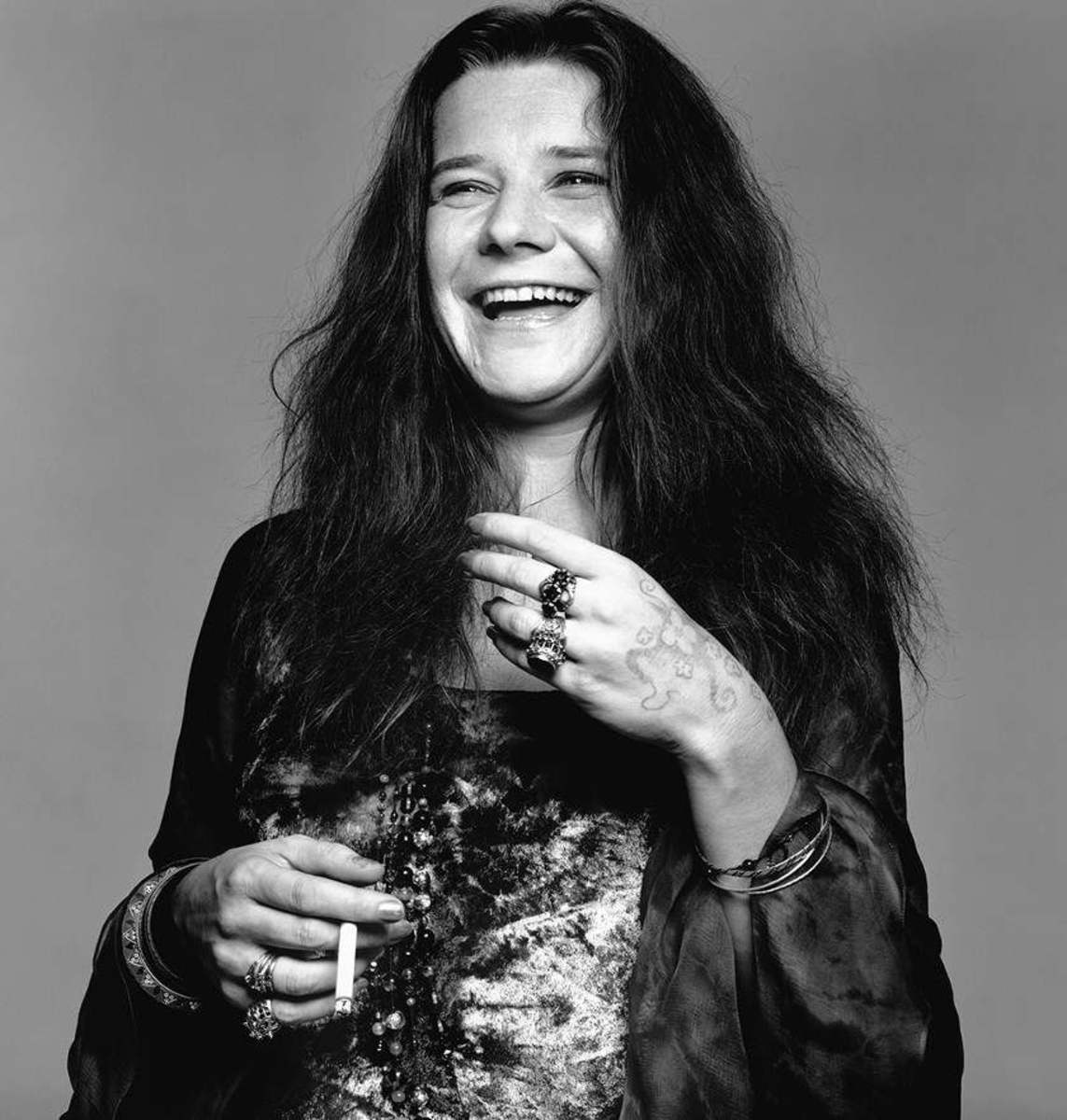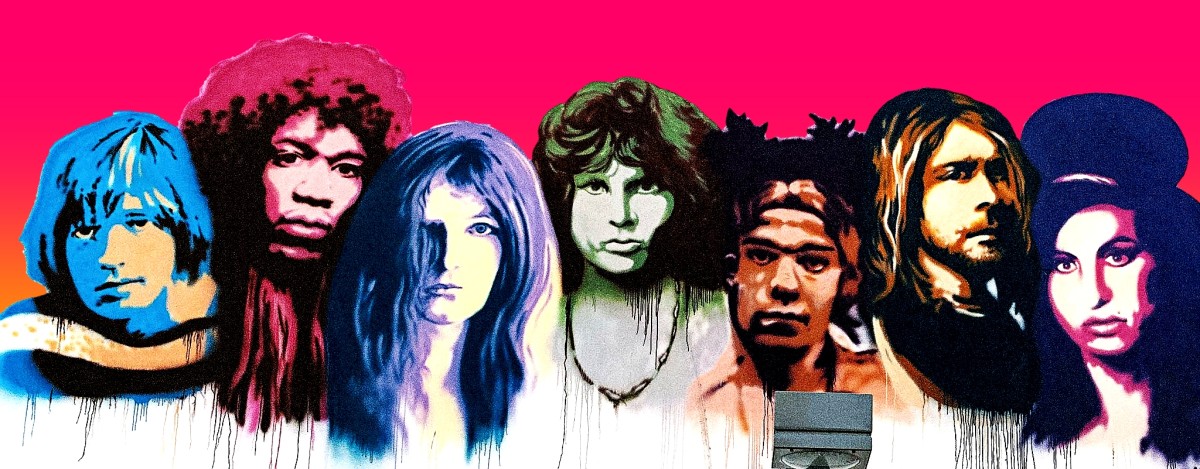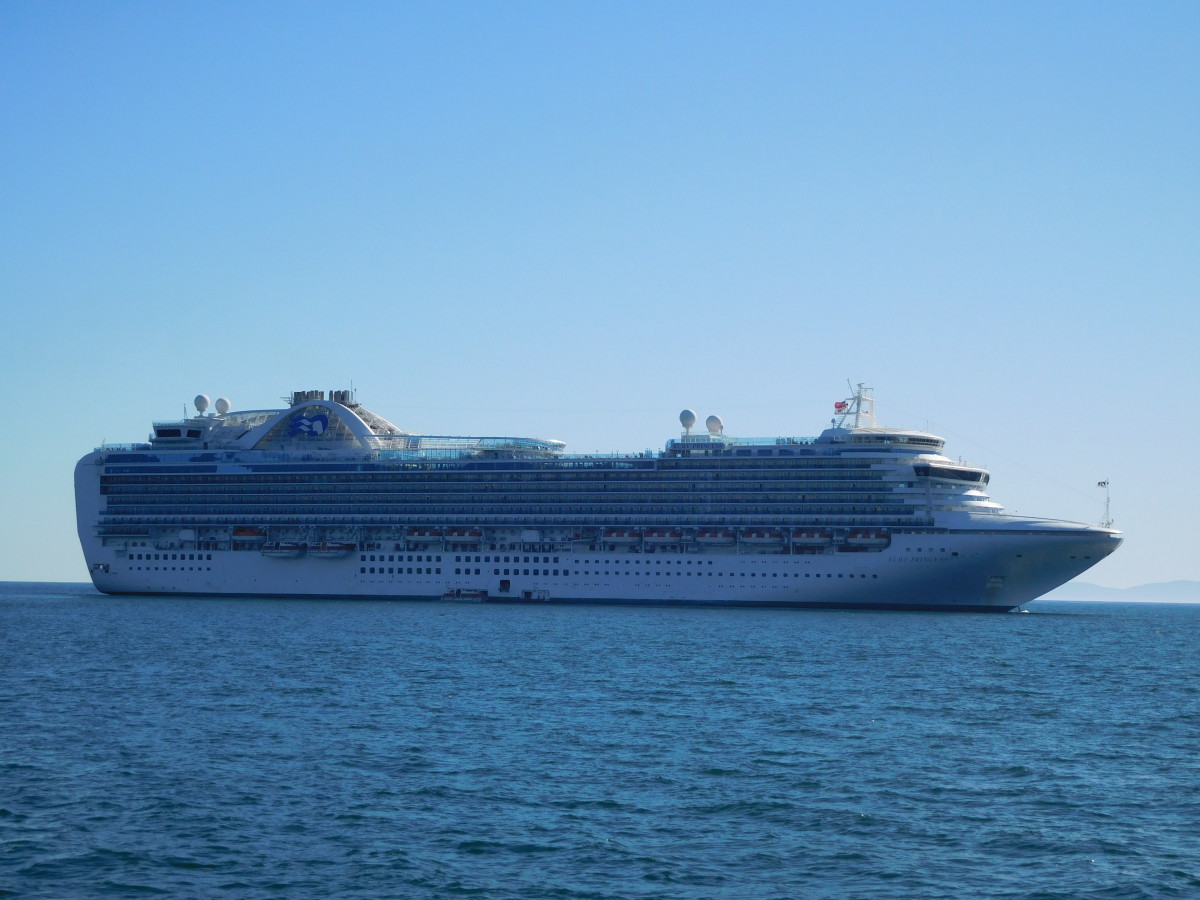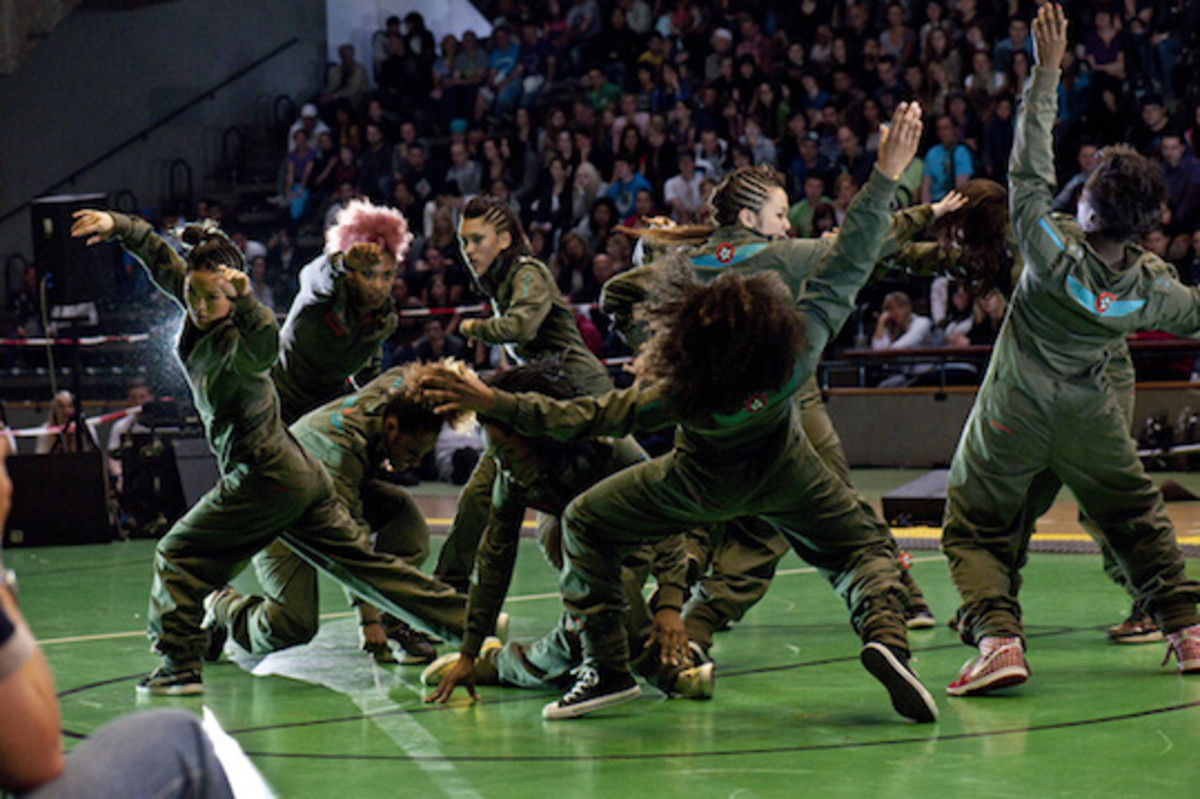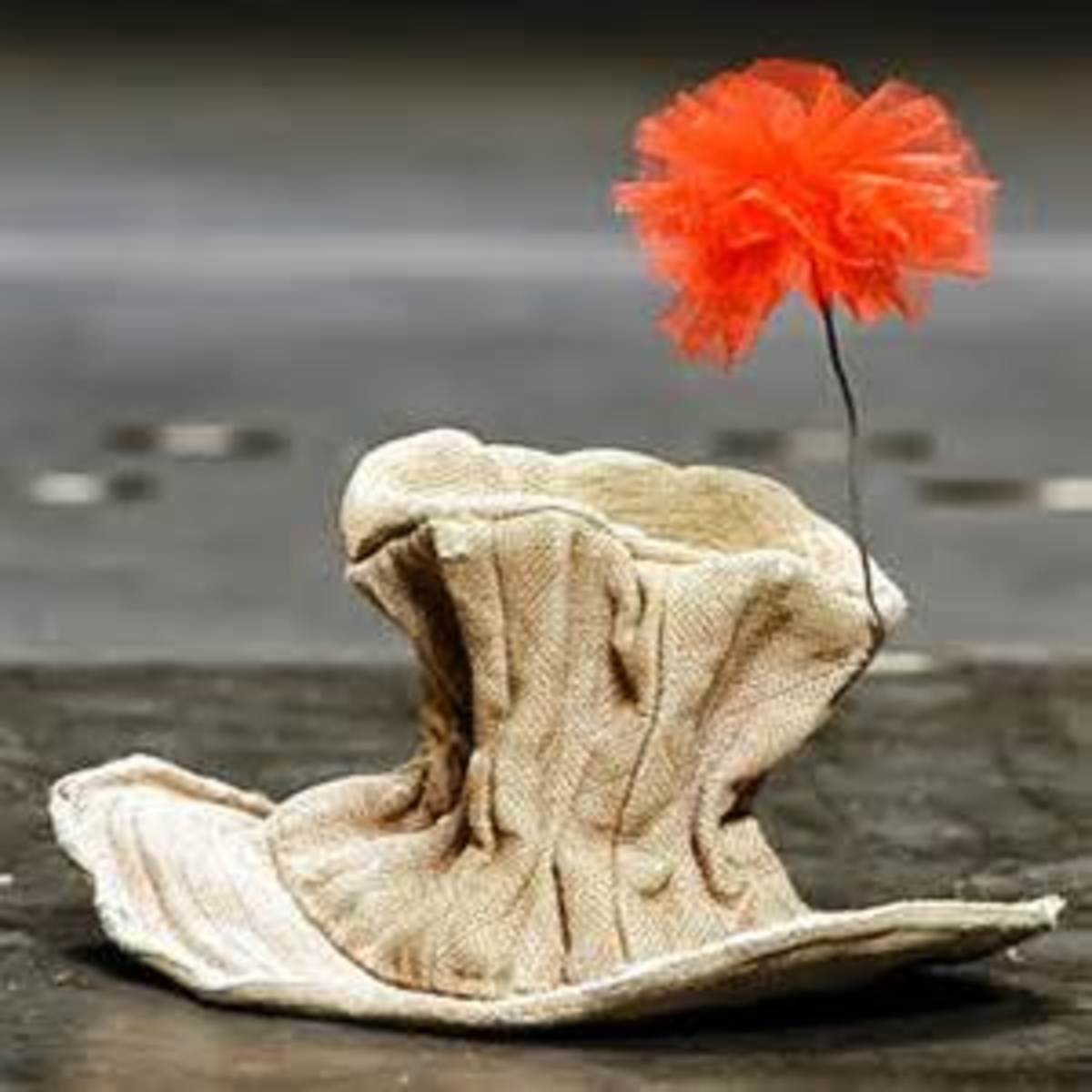Janis Joplin the Pearl of the Counter Culture
Janis Joplin the "Pearl of the Counter Culture"
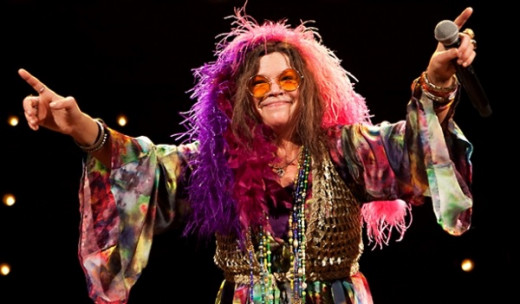
Janis Joplin "The Pearl"
It was October 4, 1970, Janis Joplin died alone, late at night, in her panties and blouse. She was loaded with extremely pure heroin, plus some ripple wine and Vodka. Could any picture be more squalid? When they found her that Sunday evening she was wedged between the night stand and the bed. This was in the Landmark Motor Hotel in West Hollywood. Her lip had been bloodied in the fall and her nose appeared to be broken. In her fist were some dollar bills and silver. She had gong to the front desk to get change for a five so she could buy some cigarettes. The desk clerk was the last person to see her alive. Like a puppet she had been hurled down and kicked over (Hendrickson, 1998).
Janis Joplin's Early Years
Janis Joplin loved to knit. She read Time Magazine every week because her father told her it was a good way to stay in touch with society. During her brief college stints she studied Sociology and Art (Foer, 1992). Janis was born January 19th, 1943 in Port Arthur, Texas during W.W.II. She was clearly a child of the Cold War generation. Her malaise unlike that of some Rock culture stars, seemed unrelated to national dissension or world strife. Janis 's move toward a drugged and personal world was clearly linked to a very long drawn out struggle with her psyche. Janis rose to fame during the Vietnam War was killed by a war far more subtle than the Vietnam War, the war between the sexes. Ironically she became a victim of sexism within the sexual revolution she helped to fuel. This is one of the many contradictions in her rise as a Rock Super Star. She was a feminist symbol in a male dominated, sexist culture (Rodnitsky, 1977).
Janis a Natural Woman
If Janis dead tells us nothing more than that there are limits to the liberties one can take with the gift of life. Janis alive and singing, making what ones grandmother would of said "She is making a spectacle of herself." Janis was proclaimed by a whole generation to represent their best and deepest impulses. Her audiences were driven to erotic frenzy by her performance. They tore apart concert halls and called her "Earth Mother." She was for them the very embodiment of funky, honest feelings, of their new found refusal of repression of the end to a social sham being made and for all by their new culture. She was actually a person in the process of killing herself. The Earth Mother was no more than the dearest daughter to the Angel of Death (Dector, 1973).
There was little in Janis's background to suggest that she would become either a feminist symbol or a rock super star. Her hometown Port Arthur, Texas was an oil refinery center with a population of 60,000. Houston is 100 miles away and Louisiana is just across the river. Many describe Port Arthur as drab. Southern Baptist held the religious power and the Democratic Party held political power and oil companies held the economic power.
A True Artist
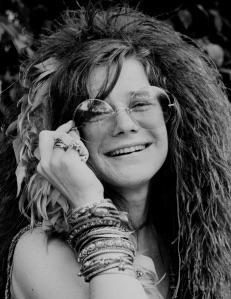
The Journey of Janis Joplin from Birth to Stardom
Janis was the eldest of three children, as the eldest she basked in attention as a baby and by most accounts was a normal child. Unlike most feminist Janis had a healthy, happy bond with her father in her formative years (Rodnitsky, 1977). As a teenager she showed a flair for writing and a more substantial talent for painting. Unfortunately adolescence brought physical problems that would haunt Janis for the rest of her life. Her good looks dissolved into heaviness, complicated by an extremely bad case of acne. After this Janis was preoccupied with a fear that she was unattractive to men. Afterwards she would only strive to be one of the boys. In 1964 at the University of Texas in Austin A thoughtless joke officially named her "Ugliest Man on Campus." She wrote her parents a letter about the cruelty and informed them that she was leaving school (Rodnitsky, 1977).
In high school Janis taught herself to play guitar, wore black turtlenecks, and hung out with a gang of self styled beatniks. Janis bought recordings by Bessie Smith and Billie Holiday. She went to Cajun and Black nightclubs in Vinton, Louisiana just across the state line, while she was still under age. The Blues were performed in Black nightclubs in Port Arthur, but White giirls did not go there nor would they have been welcome (Fore, 1992).
Being an aspiring artist in Port Arthur, in the early 1960s especially for a young girl from a respectable family Set Janis out of the mainstream. By 1966 the psychedelic scene was raging in San Francisco where the Grateful Dead, Jefferson Airplane, and other bands were attracting national attention. Janis was urged by her friend Rock impressario Chet Helms to head west and check out a San Francisco band called "Big Brother and The Holding Company" which needed a vocalist. Janis left school once again and headed for the west coast. Six days after she arrived in San Francisco she joined the band. She found herself in Haight-Ashbury and a creative explosion, free sex, racial integration, an antiestablishment attitude, and music as ecstasy. Big Brother was already a successful band by that time, earning good money and great reviews. However, the bands performance at the Monterey Pop Festival in 1967 made Janis famous. The following week she was written up in Time Magazine. The album she recorded in 1968 "Cheap Thrills" sold more than one million copies and had spun off the hit single "Piece of My Heart." She began a solo career in 1969 and released just one album before her tragic death (Fore, 1992).
There was something monumental about her performance, it had a raw power like a prehistoric sculpture come to life with a very primal force. Between songs she would slug down Southern Comfort and banter with the audience, as they begged and pleaded for their favorite songs. She came on strong off stage as well. Her language was vulgar with protective coloration, just like her odd assortment of clothes. From Harold Lloyd like spectacles, big and round as door knobs, they would adorn her attractive face, the spectacles had no lenses (Saar, 1969).
Janis had been trying to "dig" herself ever since she found herself an alienated, defiant teenager in Port Arthur, Texas. Oddly she could not get Port Arthur out of her system. In 1969 she went home for a visit and they kicked her out of a restaurant because her skirt was too short (Saar, 1969).
Janis was largely oblivious to the feminist movement, but she served as an unconscious feminist symbol for younger women. Her universal influence came through her popularization of her naturalistic dress and hair styles. She pioneered the bra less and wild loose individual clothes combinations. Janis's brown lack luster hair help free women from the hairspray syndrome. She brought courage to women to be themselves, to girls who wore short hair and their clothes long because they thought they had bad hair and bad figures (Rodnitsky, 1977).
Janis was hardly unfettered or brave, rather she was hung-up and frightened, but her legend was always more important than her life. Janis's bisexual activities may have been part of her refusal to be sexy in a tradional way. Janis was aggressively bisexual, her lesbianism was more likely just a part of her determination to get as much love or sex as she could, sexual orientation aside. In Janis's own words "Get it While You Can." This became her motto in life (Rodnitsky, 1977).
Janis in one sense was a fake. Blues singers were traditionally Black and poverty stricken. A Blues superstar was felt to be a contradiction in terms. Janis felt that we were stuck with the myth that only the Black population had soul because White people would not allow themselves to feel things. Just as black blues had furnished equipment for living for generations of poor Blacks, Janis's blues erased her pain and personal suffering. Janis made it plain she would live for today, she was not going to save her voice, cut down on her drinking, or pass by a sexual partner in hopes of a happy healthier tomorrow. Janis had decided that philosophically, tomorrow never comes (Rodnitsky, 1977).
This the very attitude toward life that brought Janis to that fateful day October 4, 1970, the day a legend died. "Cry, Cry Baby ! !

